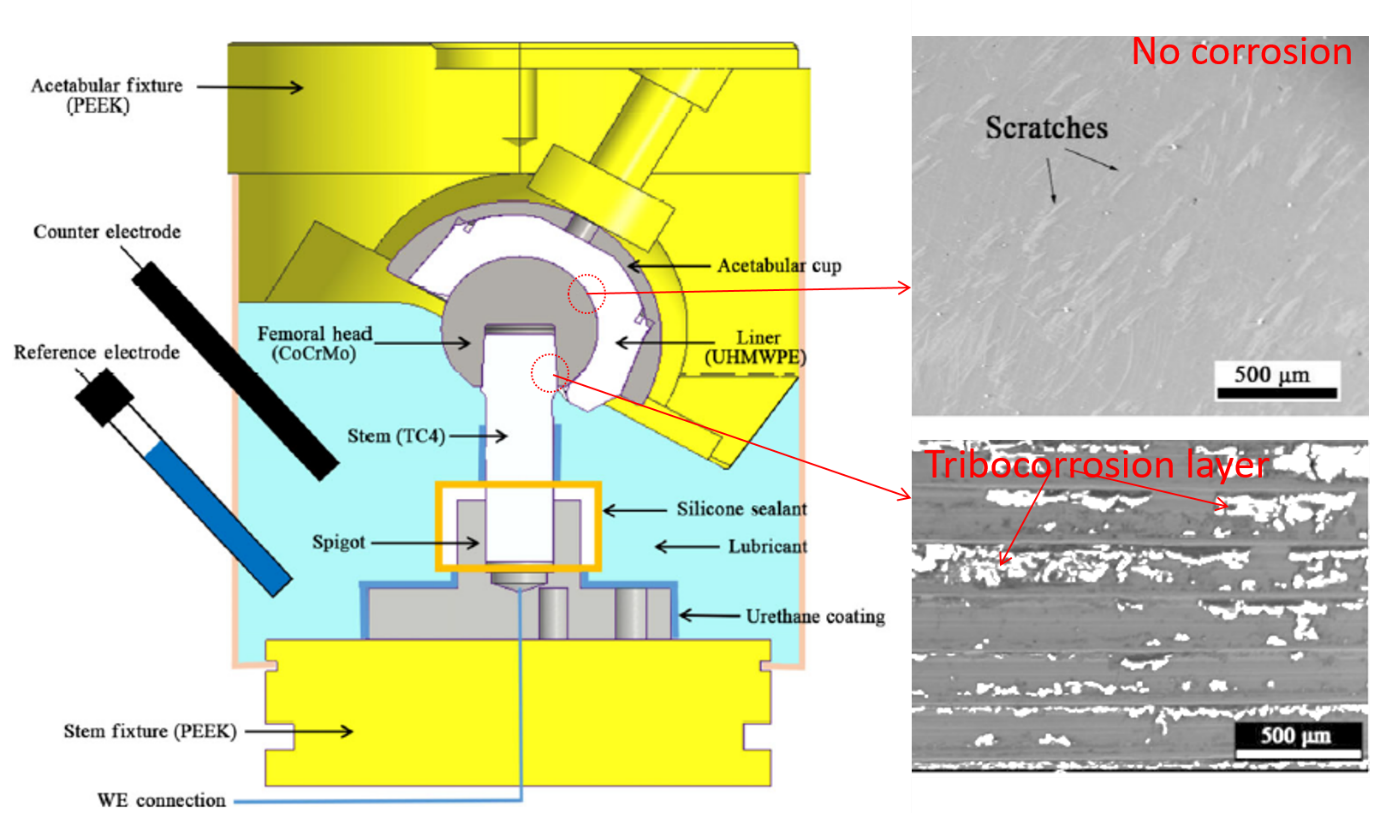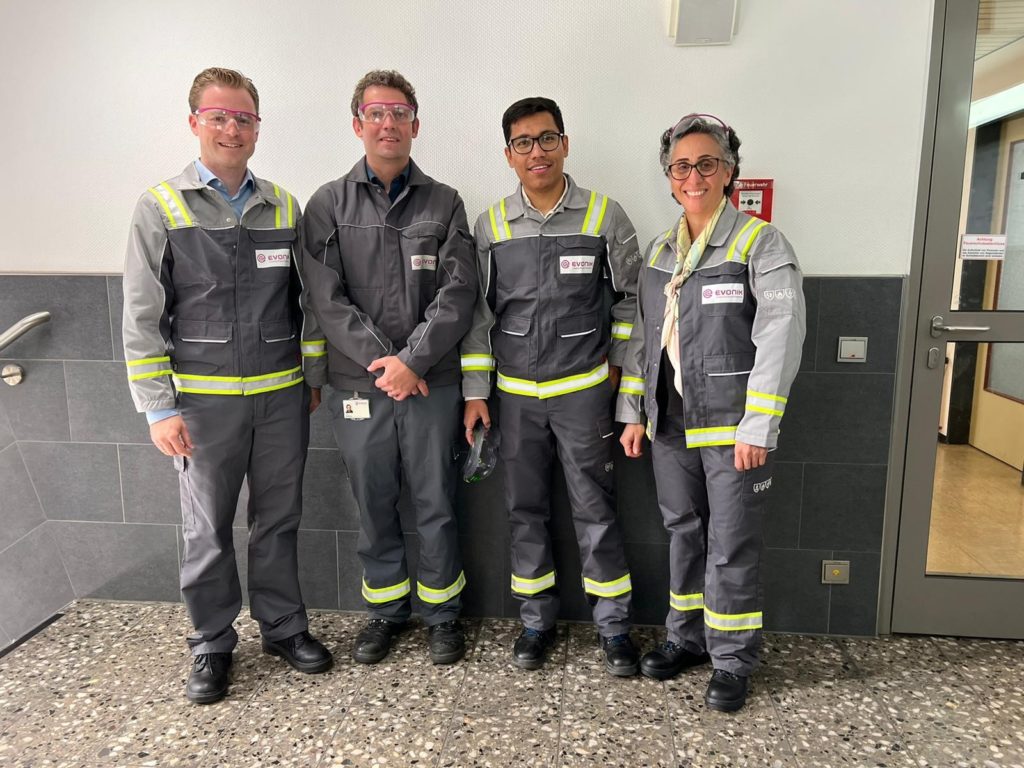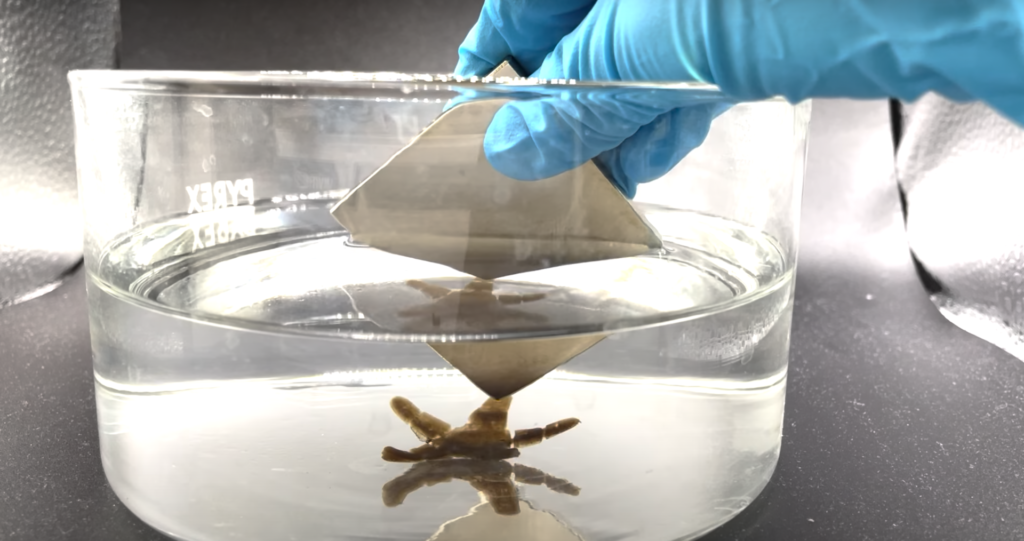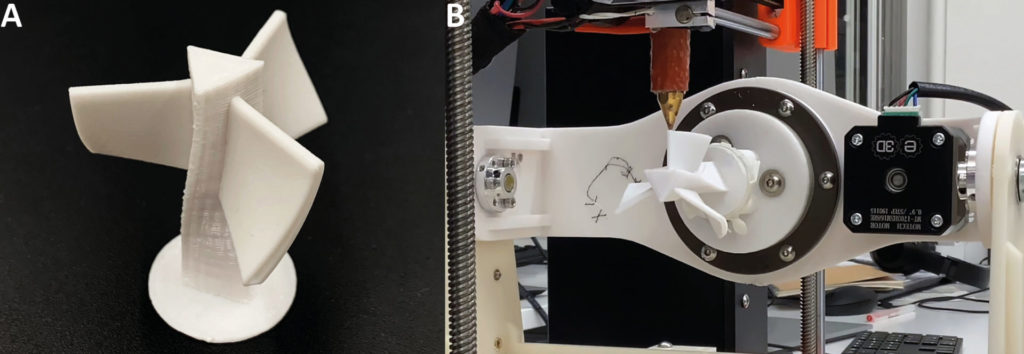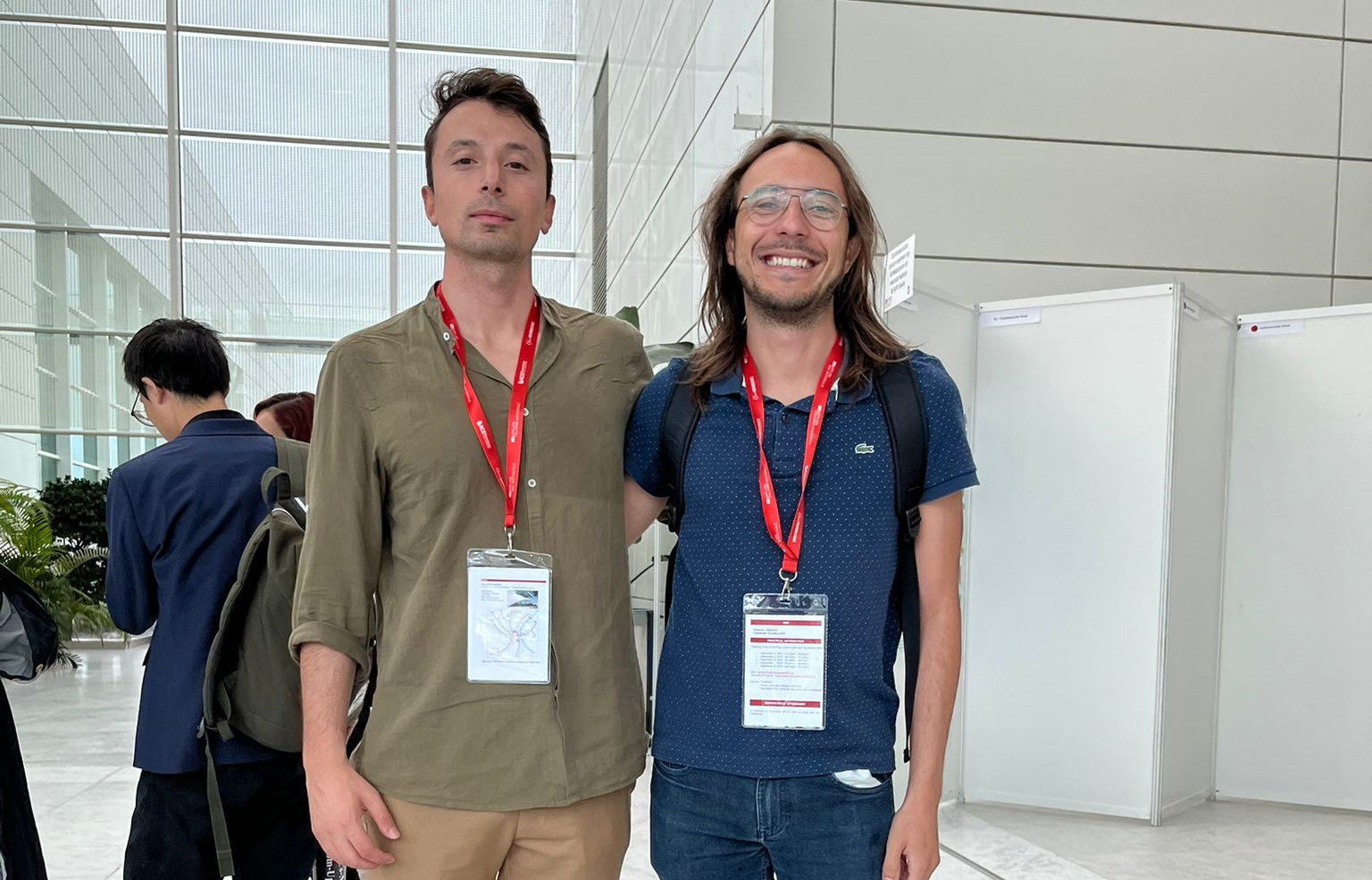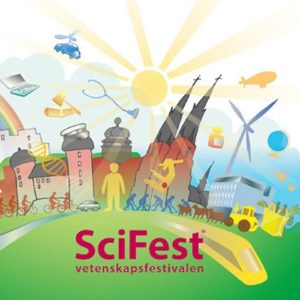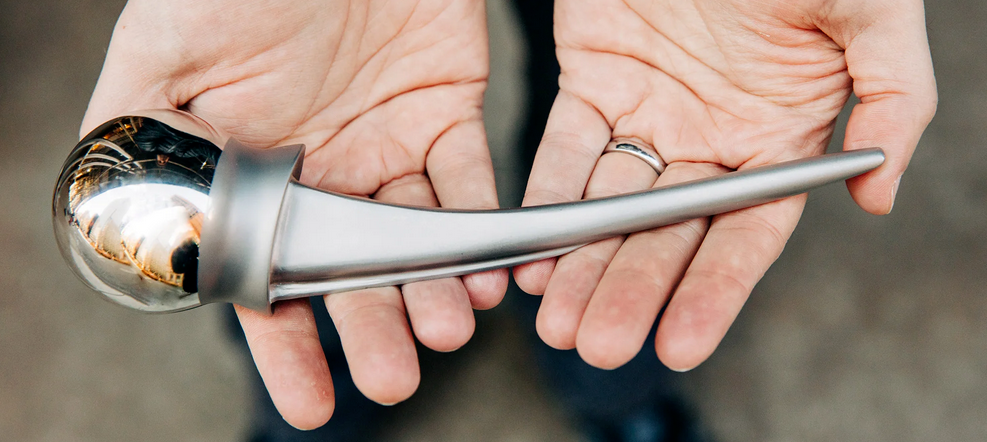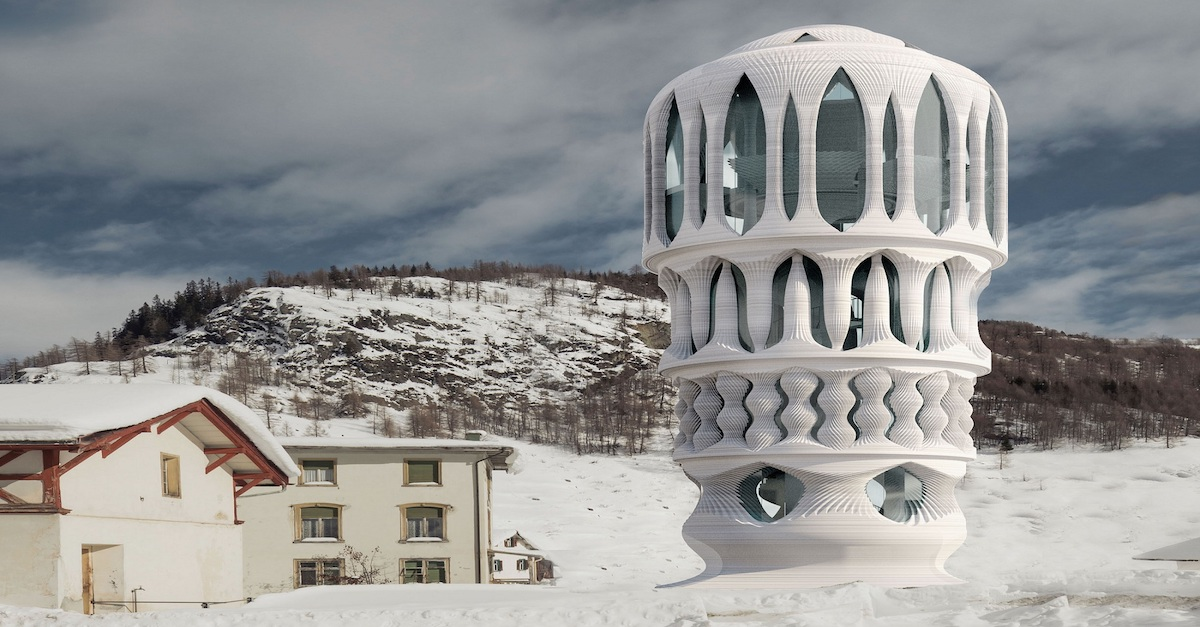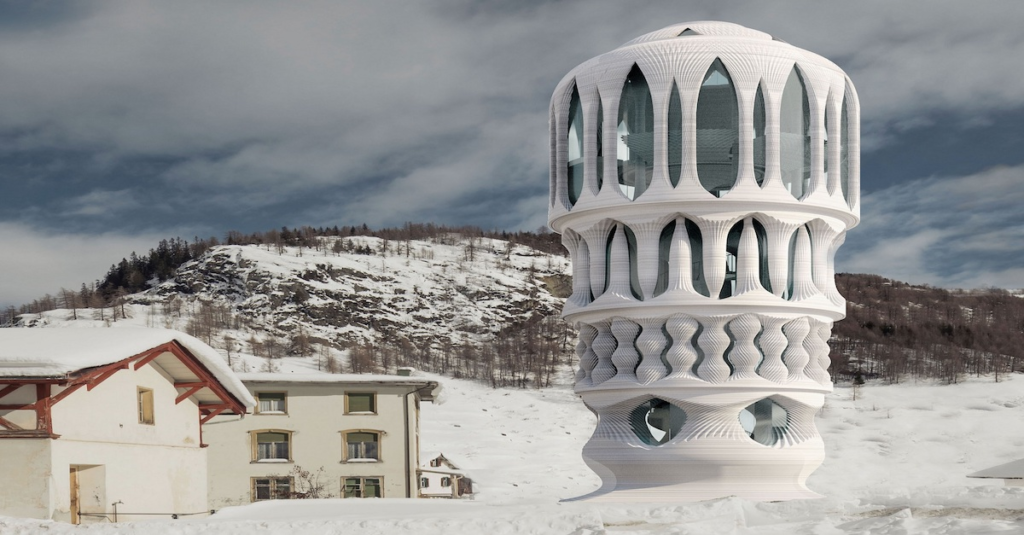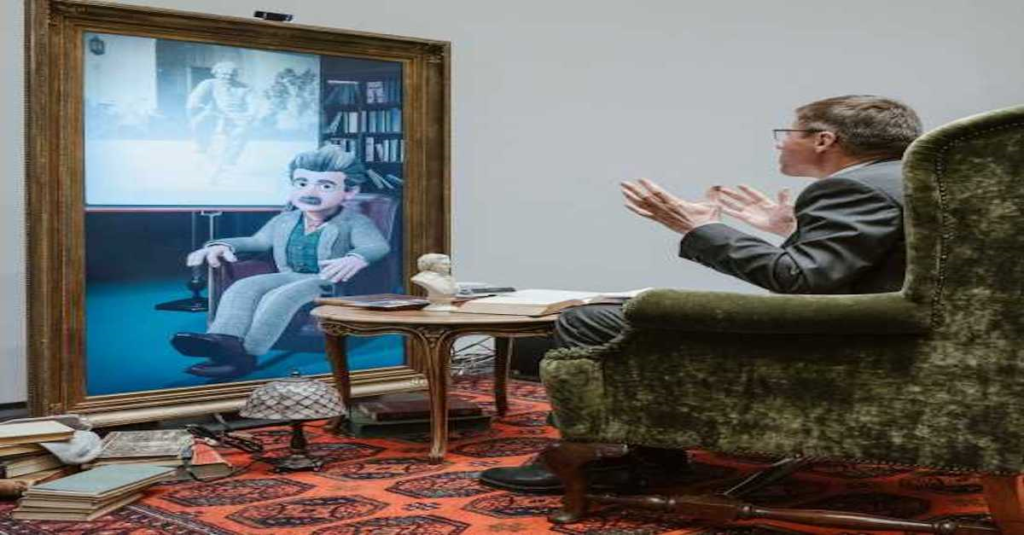Would you accept an organ transplant from an animal donor? Nature’s recent paper “ Will pigs solve the organ crisis?” [1] sparked this question in my brain. On one hand, animal-grown organs might significantly reduce transplantation waiting times. On the other hand, practical and ethical concerns arise from genetically modified animals, cruelty, organ rejection, and infections.
According to Organ donor, 17 people die on the organ transplant waiting list each day [2]. In the US, more than 100.000 people are waiting for a transplant. Kidney, liver, and heart are the most transplanted organs. Approximately 35.5 thousand transplants were performed between the months of January to October 22 [3]. That means only approximately one in 3 people will receive a much-needed transplant. These statistics do not reflect the global reality – even in some countries, regional differences may influence the likelihood of a patient getting a needed new organ.
Could animal-grown organs be the solution to long-transplant lines?
Genetic modifications are allowing size-compatible organs, lack of immune rejection, and thus increased lifespans [1]. However, the biggest limitation lies in the increased risk of virus spillover from animals to humans and the presence of endogenous retroviruses that might be harmful to the patient [1]. Polemic issues with human testing on brain-dead patients were also pointed out by the paper [1]. From the animals’ perspective, it is also important to assure that genetic modification does not impart suffering. They must also be treated properly. Although xenografts hold great potential, further testing, development, and regulation are required before we can have an answer to our questions.
Header Image: “VCH’s Lions Gate Hospital surgery” by Vancouver Coastal Health is licensed under CC BY-NC-ND 2.0.
REFERENCES
[1] Reardon, S. (2022). Will pigs solve the organ crisis? The future of animal-to-human transplants. In Nature (Vol. 611, Issue 7937, pp. 654–656). Springer Science and Business Media LLC. z
[2] Health Resources & services. Organ donation statistics. Available at: <https://www.organdonor.gov/learn/organ-donation-statistics> Accessed 24 Nov. 22
[3] Organ procurement & transplantation network. Data. Available at: <https://optn.transplant.hrsa.gov/data/> Accessed 24 Nov 22.
This article was written by André Plath as part of an ongoing series of scientific communications written and curated by BioTrib’s Early Stage Researchers.
André is researching Boundary Lubrication of Fibrous Scaffolds at ETH Zürich, Switzerland.

